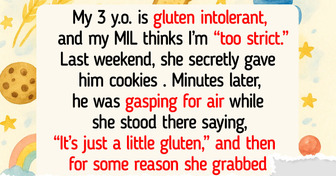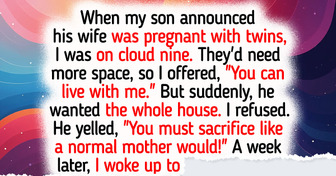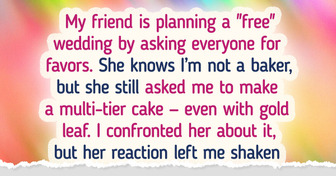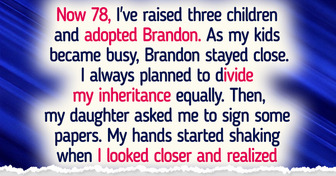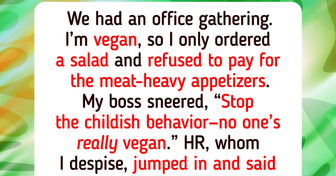12 Quiet Acts of Kindness That Show Humanity Still Has a Heartbeat
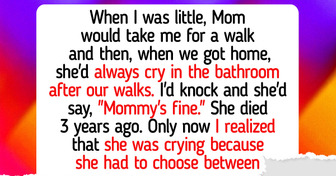
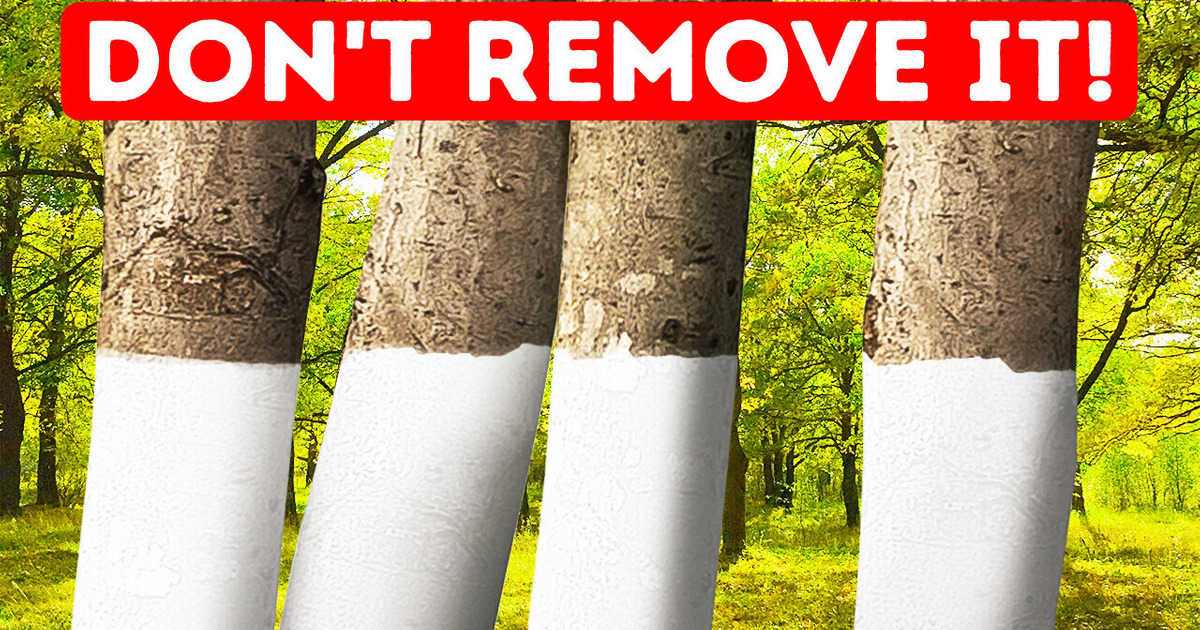
Have you ever sat in the bathroom wondering why toilet paper has fancy patterns on them? Well if you’re in there long enough, I guess you would finally get around to that. Turns out, those prints actually serve a purpose. They use the prints to fluff up the paper a bit and make it more absorbent.
The unique patterns help differentiate different companies’ products on the market. Also, recycled toilet paper is a thing, but it’s not as popular or well-sold in the US as it is in Europe and Latin America. And that’s all I have to say about that.
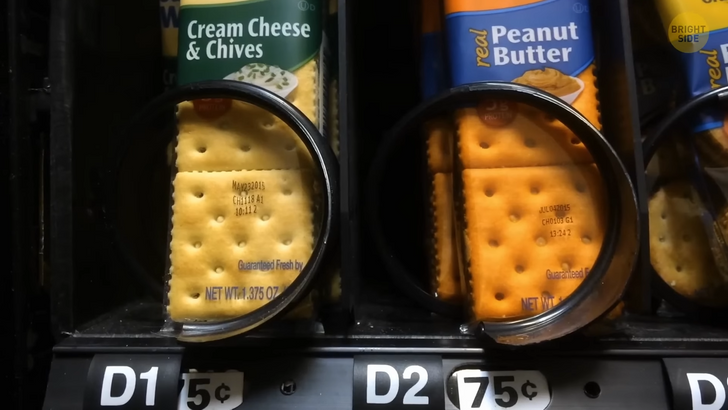
Ah yes, one of the greatest mysteries of the snack world, why do crackers have holes in them? Crackers start out as hydrated dough, which means that they have a lot of wet ingredients in them, compared to dry ones, like flour and salt.
So, when hydrated dough bakes, it releases steam as they get heated through. It results in something called an open crumb — it’s a texture that is full of small air pockets. If we need a perfect crispy cracker, the dough needs to release the steam that’s accumulated in there. And that’s where the holes come in handy, and all that crisp is thanks to them.
This star some old houses and barns have isn’t something we pay attention to, but it’s very familiar. It’s known as a “barn star”, regardless of where it is located. Put it on a castle, it’s still a barn star. No one is sure where exactly it takes its roots and what it originally meant, but they became particularly common for people to use at the end of the 19th century.
Apparently, people used to paint geometric figures on their barns, and each one would mean something. The star was believed to bring good luck. Some people also interpret it as signifying “welcome”, and they started to put them on the houses. Other people just say that they look cool and only serve a decorative purpose.
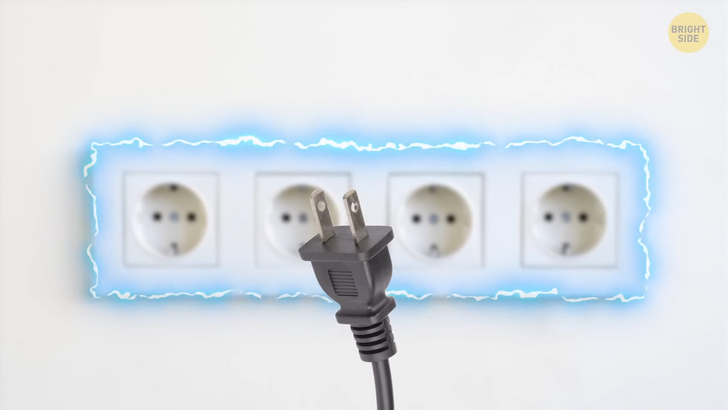
I’m pretty sure you’ve noticed that electrical plugs have holes in their prongs, but what are they used for? A century ago, when the first plugs were designed, they had prongs with indents. Those indents would align with bumps inside the sockets to secure them there so that it doesn’t fall out. Later, the indents were replaced with holes, and it was for the same purpose.
Modern-day plugs don’t need holes to be secured inside, they’re secured with friction and pressure. Holes are still useful though, but only during manufacturing. Some insert a rod through the holes to keep them steady while they wrap them in plastic. Other than that, holes have no use, and they are optional — so the manufacturers can decide if they have them or not.
I was driving a couple of days ago and noticed those trees that you painted white at the bottom. Turns out it’s a common thing to do. You see, the lower trunks of trees are painted white, to help the process called sun-scald. Sun scalding happens in the winter, and it’s the process when extreme fluctuations in temperatures cause the bark of the tree to split.
The layer of white paint serves as a long-lasting tree sunscreen. They also use this method of painting the tree trunks, in orchards and tree farms. It’s done to protect the young trees and give them the best possibility of surviving their first years.
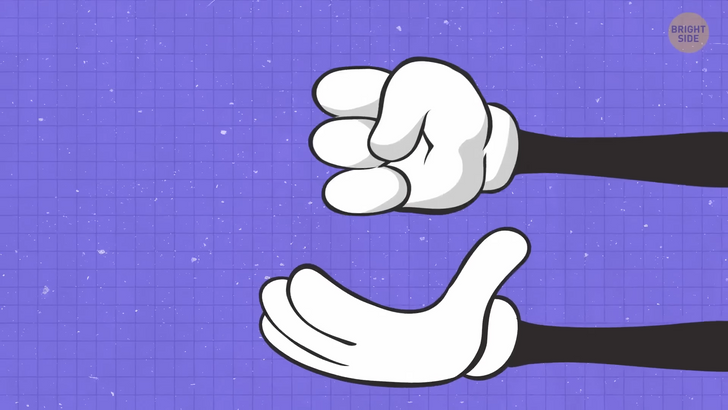
I’ve noticed that in older cartoons, quite a bunch of characters wear white gloves. I did some research and found out that back when animated movies were black-and-white, putting white gloves on characters was a way to make the hands stand out from the black bodies.
Then animation evolved, but the gloves stayed as Disney tradition. But there are other reasons too: human hands make animal characters more humanized and relatable. Also, those gloves are way easier to animate, which speeds up the process.
Also, many cartoon characters have four fingers, and there are reasons for it as well. First, only drawing four fingers makes the work of animators easier. While human figures were portrayed more realistically, animals and other characters could be fine with four fingers, and the creators were taking advantage of that.
Also, there’s a visual reason. Walt Disney himself told once, that if this famous mouse had five fingers, his hands would look like a bunch of bananas.
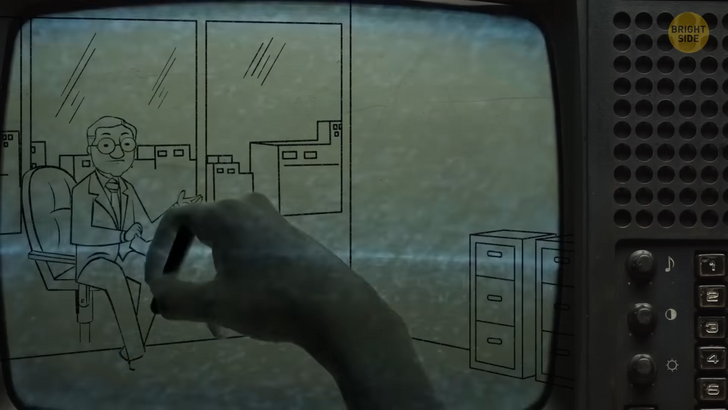
Growing up and watching morning cartoons before school, I never really understood why some of the adult characters didn’t show their faces. Turns out, I was halfway to knowing the reason.
The adults weren’t the main focus of the shows. They were just there doing their adult stuff, while the main characters, often young-aged characters or animals, were doing all the fun stuff. But the adult characters were always there, to keep an eye on the main characters and help them if they asked.
From an animation standpoint, it was also cheaper, easier, and way less time-consuming for the animators back then not to do the faces. This way, they wouldn’t have had to do the faces or synchronize the lips for every speaking segment the character might have had. They could also just reuse old animations or change as little as possible if the writers changed the script last minute. It was saving companies lots of time and money.
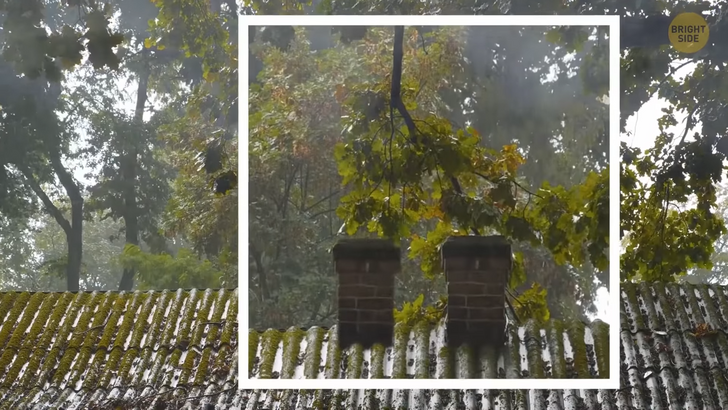
We’ve all seen a house with two chimneys, but do they have an actual purpose or is it purely for the aesthetic? Turns out they actually did have a purpose back in the day. In the older houses that are located in colder climates, it was fairly common to have one chimney with two or more separate flues — passages for conveying gases to the outdoors. Back in the day, houses weren’t as airtight as these days, so they needed more heating sources to stay warm.
People had fireplaces and several wood-burning stoves. Having several flues allowed residents to vent all those gases at once. Modern houses are built way more airtight and isolated, so they don’t really need more than one heating source to stay warm and cozy, even in colder climates. So, the two chimneys serve more of an aesthetic purpose. Also, they’re costly to remove, if someone lives in an older house.
Sometimes car’s steering wheels are grossly sticky, and here’s why. Steering wheels are often covered with materials like vinyl or leather, and both of them are prone to collect surface residues like dust, food grease, oil, and sweat from your palms.
Even if you don’t feel like your hands are dirty when you touch the wheel, there’s always something on them, and that material is happy to keep it. At some point, surface residue accumulates enough to give you that sticky feeling. You have two solutions: either wear driving gloves, or just wipe the steering wheel once in a while, and you’re golden.
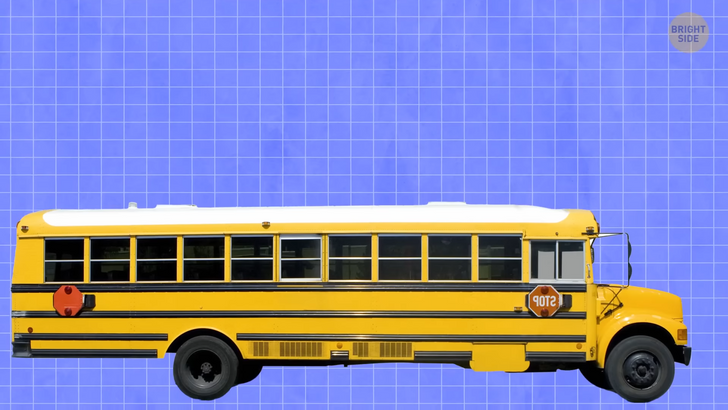
I don’t know if you’ve ever noticed that, but some school buses have white roofs. Apparently, roofs are painted white to ensure that the inside is cool on hot days. The thing is that dark colors, especially black, absorb the light and the heat. That’s why asphalt is especially hot on hot days and that’s why you feel hot in dark clothes in summer. The white color, on the other hand, reflects the light and the heat, and everything gets heated less fast.
If you’ve traveled, you could have noticed that the same temperature feels different in different places. 80°F in Nevada is very much tolerable, but the same 80°F is a whole different story in Alaska or Florida. And the key here is humidity — it is the amount of water that is contained in the air. Nevada is the state with the lowest humidity — 38% and Alaska has a humidity of 77%.
Here’s how it works: one of the ways your body tries to cool down during hot weather is by sweating. As the sweat evaporates, it takes away the heat as well and it leaves. In humid settings, the sweat evaporates less, staying on your body and just dripping down. So not only do you stay all wet, but the heat also stays, so you feel hotter. But hey, don’t sweat it. Just stay inside near the air-conditioning. All summer. Don’t go out. At all... Well, that’s not going to work.



